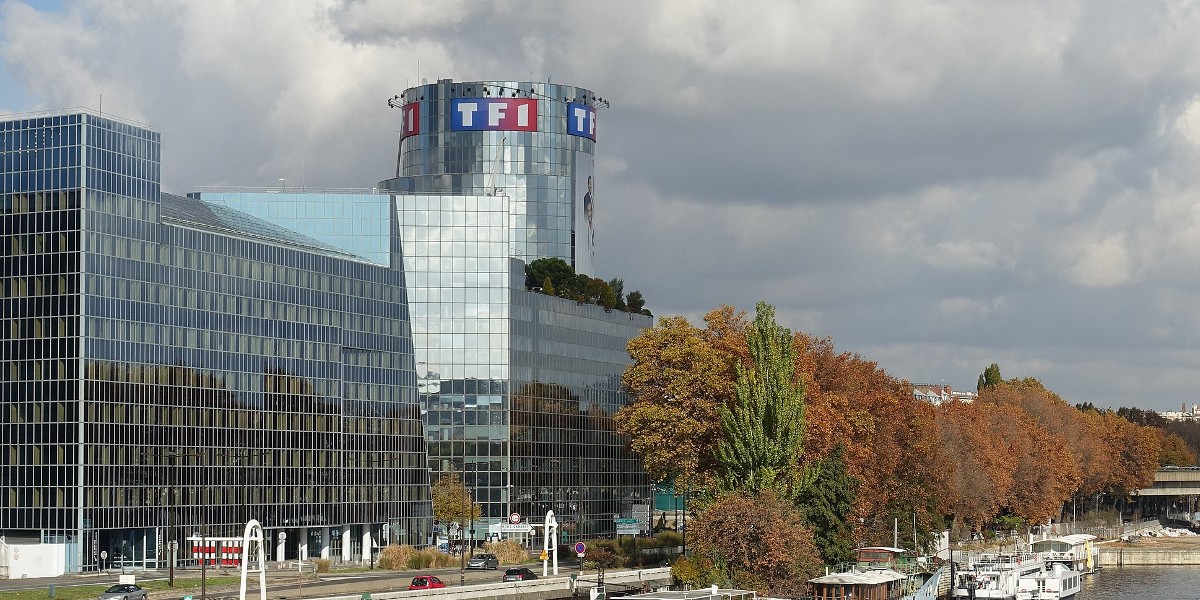Earlier this week it was the first anniversary of the release of the Facebook-owned Oculus Rift, the device responsible for the renewed excitement around virtual reality, so this is a good time to take a step back to look at VR’s progress so far. The last year or so has been a bumpy one for VR, mainly due to the fact that the sales figures have failed to meet the huge expectations. When people like Mark Zuckerberg speak of a revolution, there are always long queues of people waiting to see that prophecy fail, which is understandable considering the tech titans frequently get it wrong — think Google Glass, 3DTV and HD DVD.
However, VR was never going to take off in the way that, say, mobile did. When we first featured VR at our New Video Frontiers event in 2014, many of the attendees believed it would only ever be relevant to gaming. Those beliefs still persist today, in spite of the fact that use cases span pretty much everything from education and medicine right through to everyday communication. The live demo Mark Zuckerberg gave at Oculus Connect last year gave a brief snapshot of the medium’s potential for communications and shared experiences:
But whilst it’s all very well to appreciate VR’s potential, is it capable of delivering for advertisers today? If you define VR advertising as the type that requires a piece of kit beyond a mobile phone, the answer is ‘not just yet’. Whilst the sales figures for the more sophisticated VR devices in 2016 were a worthy start, the scale hasn’t reached a point where advertisers need to start clamouring to get on board. The Samsung Gear VR sold 4.51 million units in 2016, the PlayStation VR came in second place, shipping 750,000 units, while HTC Vive shipped 420,000. Facebook’s Oculus Rift, meanwhile, only shipped 250,000.
However, if you broaden the definition to include 360 video, things start to become a little more interesting and already we’re seeing the first generation of media aggregators emerge seeking to exploit the opportunities. One of the forerunners is Emeryville-based Immersv, a 360 mobile and VR ad network, who are already integrated with video DSPs such as VideoAmp.
Christine Lee, Global Head of Business Development at Immersv told VAN how the company defines VR advertising. She said, “We define VR advertising as a highly immersive way to communicate a brand or a message to a potential consumer, in headset or in a 360 environment. Today, our specific ad products consist of 360 fully immersive video, 2d video that plays within a virtual room, and also 360 monoscopic video. We are consistently a/b testing new ad units, new ad flows and listening to developers on ways they want VR advertisements to evolve.”
The Emergence of the ‘Gaze-Through Rate’

Immersv’s Christine Lee
One of the stumbling blocks for any new media channel is the lack of commonly understood standards and KPIs. “It’s still pretty early for VR advertising, so we are still determining general and standard KPIs,” explained Lee. “We’ve already partnered with the IAB on putting together an industry whitepaper which we hope will help act as a starting point. For the tactical details on what we are tracking, we are tracking impressions, completed views, view through rates and gaze-through rates. Since there are no ‘clicks’ in the headset, we use the gaze through rate as a metric for success. The gaze-through rate is slightly similar to a click through rate in that is shows the amount of users that make it through to the end of the advertisement, and accept a call to action,” she added.
When asked if VR has a scale problem, Lee acknowledges there are issues but still believes there are opportunities for advertisers today. “I wouldn’t classify what’s happening with scale in VR as a “problem”, but there is room for growth in that aspect of virtual reality. We’ve seen increases in monthly unique users within our own network and our network is still showing upward momentum.
“Many factors need to happen and continue to happen for VR to become a mainstream daily activity. One push for mainstream daily activity is going to happen when content creators can keep up with user attention spans- content needs to be refreshed regularly and needs to be sticky for the user. Another push for mainstream daily activity is going to happen when mobile VR technology catches up with its creative potential. Physical limitations like battery life, pixel counts, and audio are currently limiting, but we are seeing amazing VR hardware and software solutions already and there are more to come. Another factor is that we have yet to see Apple joins the VR game. There are over 90 million iPhone users in the US alone. That’s 90 million people in the US alone currently not participating at their full potential in mobile VR” she added.
Barriers to Short-Term Mass Option
A recent report by Forrester, unequivocally titled ‘VR isn’t Ready for Marketing Yet’, identified additional problems for VR adoption. A pretty big one is the fact that many consumers still struggle to understand what a VR experience is and hence they don’t understand why they need it. No less that 42 percent of US online adults in 2016 said they had never heard about virtual reality headsets and 46 percent said they don’t see a use for VR in their lives. The report also
Then the content costs are still relatively high, so the costs to develop VR content range anywhere from $10,000 to $100,000 for a 360 video to well over half a million dollars for computer-animated and responsive content such as an auto manufacturer’s car simulators. And that’s before you start to spend even more money on promoting the experience.
Forrester also found that the production of VR content is also still quite complicated and requires a high number of disparate partners. “There is no single partner able to produce, program, and tag your VR content, and no clear process to integrate it in your tracking, reporting, and marketing cloud systems” explained Boris Petrovitch Njegosh, founder at Rocket Labs Unlimited and former head of digital content innovation at Renault. “Every step of the way is a silo, in which you have to work with different partners and systems.”
Google have also done some research on 360 video in association with Columbia Sportswear and they came up with some interesting findings when they compared it with traditional video. Firstly, they discovered that 360 video doesn’t outperform on traditional viewer metrics. Surprisingly, the 360 in-stream ad underperformed the standard ad on view-through rate, across desktop and mobile, which led Google to conclude that viewers aren’t always in the mood to interact with 360 video if they’re primarily watching standard video.
However, they did find that 360 ads made up for this with other strengths. For example, 360 video motivates viewers to watch more and interact. So whilst the 360 video ad had a lower retention rate than the standard ad, it had more impact and the 360 ad also had a higher click-through rate, meaning that viewers were more interested in checking out the full-length version of the video. So, as a promo for the longer video, Google say the 360 version of the ad “worked extremely well”.
They also found that 360 video drives viewers to share, subscribe, and view other videos. Jim Habig, Product Marketing Manager at YouTube, said that the 360 ad “trounced the standard ad on all the earned action metrics, including views, shares, and subscribes”. In total, the 360 ad drove 41 percent more earned actions than the standard ad, and drove more engagement with Columbia’s YouTube channel than the standard ad.
360’s Surprising Efficiency
Interestingly, Google kept the 60-second ads and the full-length pieces unlisted for the duration of the experiment, meaning that they couldn’t be found on YouTube without either clicking on an ad or by having access to the URL (i.e. the content couldn’t be found by searching on YouTube or having it recommended to you).
So, YouTube expected the views for the longer 360 piece to match the clicks for the 360 shorter ad, but they didn’t. People who saw the longer 360 piece were copying the URL to share directly with others via messaging apps like WhatsApp and iOS messenger, which is something they weren’t doing with the standard version.By the end of the campaign, the full-length 360 video had a 46 percent higher view count at the end of the experiment than the standard full-length piece. As a result, the 360 ad was a more efficient buy since its cost-per-view was lower when organic and paid views were combined.
Looking to the future, there is still a lot of work to be done before VR becomes regarded as mainstream. Even the medium’s most enthusiastic proponents like Facebook are playing the long game. In a recent court case over the Oculus’s intellectual property, Mark Zuckerberg said his company expected to invest an additional $3 billion over the next ten years.
But Forrester say marketers won’t have to wait quite that long and they say we can expect to see more meaningful levels of adoption (at least amongst US adults) by around 2020, by which time VR is expected to have been adopted by approximately 5 percent of the population:





